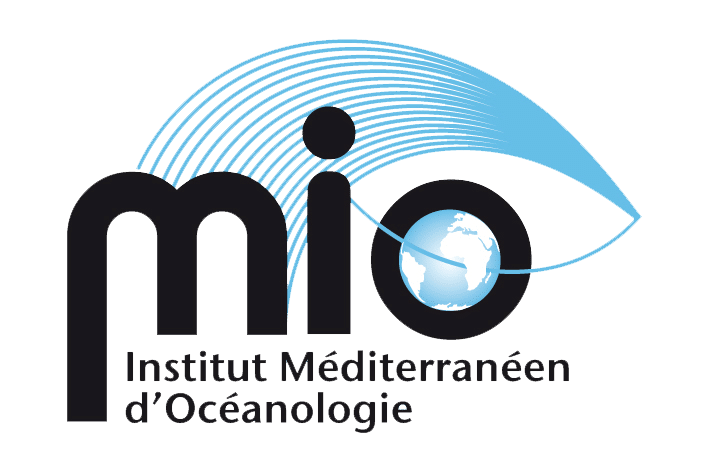Co-funded by the French government and local authorities, Ifremer's head office is located in the institute's largest scientific research centre. It houses the institute's central services and governance, formerly located in Issy-les-Moulineaux. Named "Bougainville", the building was built to High Environmental Quality (HEQ) standards and is in line with the corporate social responsibility (CSR) approach now guiding the Institute's activities.
The Ifremer centre in Brittany, a major centre for ocean sciences in France
With Brest as the home of its headquarters, Ifremer has made a strategic choice to join its largest research centre and numerous partner research organisations.
Today, 900 of Ifremer's 1,500 staff work in central Brittany, mainly in Plouzané, but also in Concarneau, Dinard and Lorient.
All the Institute's scientific fields are represented here: fisheries and aquaculture, deep-sea ecosystems and marine geology, observation of the ocean and coastal environment, marine renewable energies and the economics of the sea. Major experimental facilities such as the oceanic engineering test basin, the Sainte-Anne du Portzic offshore study site and experimental platforms are used here.
The location of the head office in Brest also enables closer links to be forged between the administrative staff and scientific teams of the Brittany centre and the management of the French Oceanographic Fleet, which the Institute has been operating since its unification in 2018. The Plouzané site is also home to teams from the Centre national de la recherche scientifique (CNRS), the Université de Bretagne occidentale (UBO), the Institut de recherche pour le développement (IRD) and the Agence nationale de sécurité sanitaire de l'alimentation, de l'environnement et du travail (ANSES). It is also home to the management of the European EuroArgo infrastructure, which monitors the relationship between the ocean and climate, OceanOps, the joint technical centre of the World Meteorological Organisation (WMO) and the Intergovernmental Oceanographic Commission (IOC - UNESCO) for oceanography and marine meteorology, the management of the Genavir subsidiary and the headquarters of the French Polar Institute Paul-Émile-Victor (IPEV).
As part of the World Sea Campus, Ifremer benefits above all from a flourishing ecosystem in terms of higher education and research in marine science and technology. Ifremer's teams work with and benefit from numerous collaborations with teams from the UBO, the IPEV, the French Navy's hydrographic and oceanographic service (Shom) and several engineering schools: the École nationale supérieure des techniques avancées de Bretagne (ENSTA Bretagne), the École Navale, the École nationale supérieure Mines-Télécom Atlantique Bretagne-Pays de Loire (IMT Atlantique) and the École nationale d'ingénieurs de Brest (ENIB). Ifremer also benefits from the Technopôle Brest Iroise and collaboration with the companies in the Mer Bretagne Atlantique competitiveness cluster.
Funded by the State and local authorities
The State, the Brittany Region, the Finistère Department and Brest Métropole provided funding for all the operations involved in transferring Ifremer's headquarters to the Plouzané site. In particular, the local authorities covered the construction of the new headquarters building in Plouzané. They also financed support for the 14 employees previously based in Issy-les-Moulineaux who agreed to continue their work in Plouzané.
A highly environmentally-friendly building
Since autumn 2020, 160 permanent Ifremer employees have been able to take advantage of the services provided by this new building. With an extension of more than 2,100 m2 grafted onto a pre-existing building, it benefits from an approach dictated by the High Environmental Quality benchmark. It was designed by Nantes-based architects DLW.
"This building, which we are inaugurating today, marks the start of a new cycle of building construction at the Plouzané centre, always with a view to reducing our ecological footprint, but also integrating the new approaches made possible by the widespread use of teleworking and telepresence," says Antoine Dosdat, advisor to the CEO and former director of the Ifremer centre in Brittany until 2020.
Its construction uses a large volume of bio-sourced materials, as shown by the building's exterior cladding of 60,000 chestnut tiles from forests in the Creuse département. Other features underline the ambitious nature of the project in terms of sustainable development:
Limiting the use of concrete,
Production of photovoltaic energy (for 15 % of installed capacity),
A natural ventilation system that uses the wind and temperature differences between indoors and outdoors to renew the air in the building in summer,
Extensive insulation thanks to exterior wood and flax wool envelopes,
Calculation of a daylight factor (DFL) to achieve the benchmark set for the environmental quality of Certivea buildings,
Rainwater recovery tank for the building's water needs (sanitary facilities).
The new building's performance means that carbon emissions can be divided by a factor of 4 compared with the old building.




